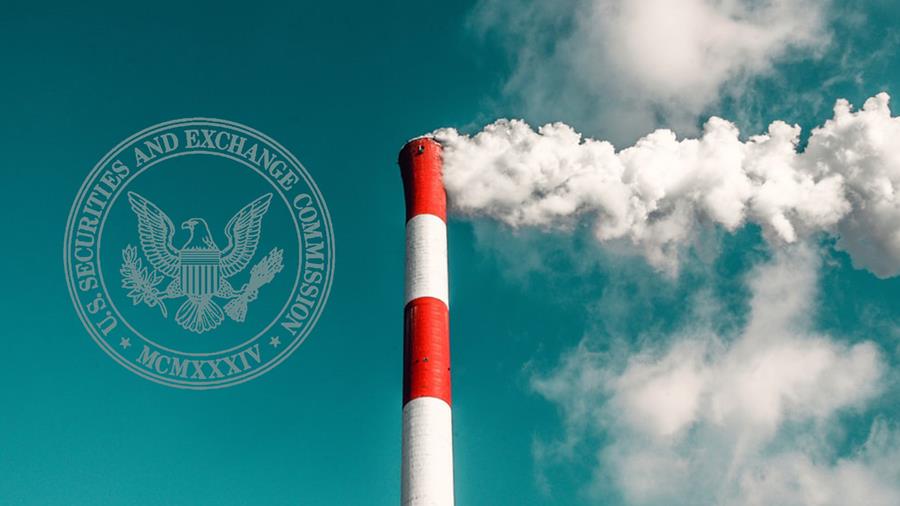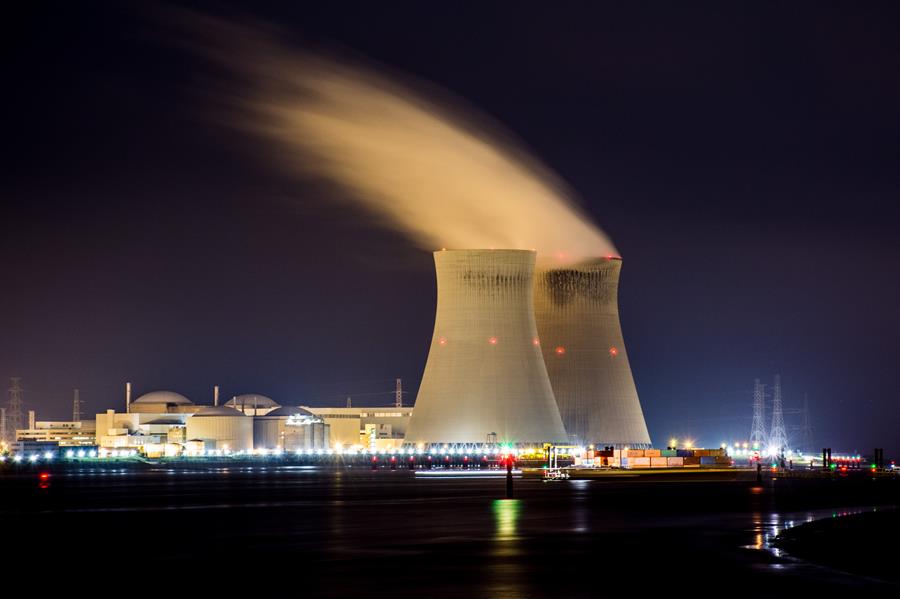30 March 2022 | Climate Tech
Rounding up Q1 ’22 in climate & climate tech
By Jay
1. ENERGY SECURITY
What’s up:
Russia invaded Ukraine, shocking most of the world and even expert analysts, in whose estimation Putin was mainly posturing.
A ton has happened since. As far as climate tech is concerned, the things I’ve most keenly been watching are countries’ short-term responses and medium-term plans. Countries dependent on Russian oil & gas have framed their imports as non-negotiable.
In most cases, unfortunately, countries from the UK to Germany are ratcheting up fossil fuel use for electricity generation. Across a lot of Europe it’s coal. The UK is considering fracking again.
The most immediate things these countries could have done to maintain or expand renewable energy capacity haven’t necessarily come to fruition. While difficult politically, there was a brief window where it looked like Germany might keep nuclear power plants that they’re planning to shutter open for longer. Didn’t happen.
Why it matters:
Medium and long-term everyone is talking about cutting dependency on Russian oil & gas. But they’re not walking the walk to align short-term actions with their long-term plans.
For the most part, I think of politicians at the highest levels as tight-rope walkers, putting one foot in front of another while talking about where they’d like to go. Right now, the steps being taken across Europe aren’t leading in the right direction.

2. NATURAL GAS: BRIDGE ENERGY OR BOGEYMAN?
What’s up:
Pursuant to what we explored in #1 above, natural gas has had an interesting start to the year. On one side you have folks who argue natural gas is a great bridge to a lower-carbon future. CO2 emissions from natural gas are ~50% lower than coal.
Others see it as choosing between a rock (coal) and a hard place, i.e. the methane emissions across the entire natural gas supply chain that are notoriously hard to quantify. These work counter to the potential CO2 emissions reductions, especially when you consider methane’s higher Global Warming Potential.
Importantly, earlier this year the EU proposed a new sustainable investment framework that would classify natural gas as a sustainable investment. TBD as to whether this goes through – there’s plenty of dissent percolating.
Regardless… then Russia invaded Ukraine. The latter factor perhaps more than the former has countries betting big on natural gas for decades to come. Germany notably is a bellwether country in this respect; they’re highly reliant on gas.
Why it matters:
Developed countries are developed in no small part because of their early ability to harness fossil fuels’ concentrated energy to supercharge their economies.
If the world’s most developed countries don’t truly lead in decarbonization, it’ll be harder to convince developing countries to miss out on the benefits of expanding their fossil fuel use.
Think of India for instance. Critically important to expand electricity access over coming decades to hundreds of millions of people. Hard to square how that’s accomplished in a low-carbon way. Even harder if Western Europe and the U.S. aren’t setting a good example.
Further, if countries quit Russia and there’s a vacuum in natural gas supply, other countries the world over will develop the infrastructure to export more. Once that infrastructure exists, it’s way harder to convince owners and stakeholders not to continue to operate it, whether in 2 years time or 20.


3. REPORTING + CLASSIFICATION
What’s up:
We discussed one component of this already, namely the EU’s proposed sustainable investment framework. This proposed classifying both natural gas (above) and nuclear (more on that later) as ‘sustainable’ investments.
Further, in the U.S., the SEC voted in favor of a proposal for new emissions reporting requirements for public companies just last week. The proposal will require Scope 1 and Scope 2 emissions reporting for all public companies, as well as Scope 3 emissions reporting from companies that a) meet a vague ‘materiality’ threshold b) have overt emissions targets that include Scope 3 emissions.
This is a big step in the right direction, and will be a major boon for companies cropping up in the carbon accounting, emissions reporting, and sustainable investment analysis spaces.
Why it matters:
As hinted at in the previous sentence, I think the materiality threshold for Scope 3 emissions reporting in the SEC’s new framework will be a massive quagmire that diverts resources to lawyers and consultants, away from companies that would actually help cut Scope 3 emissions.
I’m not convinced many companies will report Scope 3 emissions anytime soon, and have had good discussions with readers who agree.
That said, my qualms with the way the proposal is currently structured don’t override my optimism about the fact that this is happening now.
Last year we saw a parade of Fortune 500 companies setting net zero emissions targets set. The fact that this year already includes a concrete step towards translating those promises into accountability is great. It’s much harder to fix that which isn’t:
- measured
- publicly reported
- publicly discussed
More accountability will also drive demand for what we’ll discuss in section #5.


Nuclear power plant in Belgium. She’s a beaut!
4. NEW LIFE IN NUCLEAR
What’s up:
While states and countries ranging from California to Germany wind down their installed nuclear energy generation capacity, countries that know they have massive future energy needs to meet, like China and India, are rolling out big plans to develop new nuclear power plants (“NPPs”).
China wants to build 150 (!) new NPPs in the next 15 years. India wants to build 10 in the next 3.
Building new NPPs is a massive undertaking; most new developments in the West have run over budget and took much longer to build than was forecast. That is, if they were completed at all. TBD whether India and China have more luck; China certainly seems uniquely well positioned to crush this, considering their prowess in deploying large scale infrastructure the world over.
Why it matters:
Even if other countries aren’t seizing on the moment’s heightened emphasis on energy security to re-incorporate nuclear energy into their future plans, over the next 50 years, the balance of where the world’s emissions come from is going to shift heavily from West to East.
How countries like Japan decide to generate their electricity starts to matter less when you take this long view. Even still, there’s popular support for nuclear power there for the first time since Fukushima, too.
Within our lifetimes, there’ll be way more focus on and investment in low-carbon power and climate tech in places that are almost completely absent from our current conversations.
Nuclear looks like it’ll be a big part of those conversations.

5. CARBON MARKETS SCALE
What’s up:
OK. Can’t do this one in 300 words. Carbon markets get me fired up. They started getting a lot of attention last year, when the voluntary carbon market crossed $1B in size for the first time.
The momentum has continued this year, both on the supply + demand side. Firstly, there have been a number of funding rounds (ranging from blockbuster to balanced) for carbon removal companies across a range of suppliers and marketplaces:
- Chestnut Carbon has $200M (!) to sell carbon credits from reforestation in the U.S.
- Verdox raised $80M for their engineered carbon removal solution
- Heirloom raised a $53M Series A for their engineered solution that also leverages some nature-based elements (limestone)
- NCX raised $50M in Series B funding for their forestry carbon credit marketplace
- Agreena raised a $22.6M Series A to help farmers sell carbon credits
- Nori raised a $7M Series A for their blockchain backed carbon removal marketplace
- Shopify joined Stripe’s investing leadership, purchasing carbon removals from 9 different startups across methodologies.
Plenty of strong signals on the demand side too. See for instance Airbus’ 400,000 tonne advanced purchase (100k guaranteed with extension options) order from 1PointFive. That probably conservatively cost ~$5M+ (assuming at least $50 per tonne for what’s committed).
The prices paid were probably higher considering the prevailing market dynamic. The carbon market is supply constrained, especially when it comes to removals vs. reductions or avoidances. Hence why Airbus is buying removals that haven’t even happened yet, and why investors are happy to fund companies that will produce carbon removals in the future.
Why it matters:
This is all a prelude to what happens next (ideally). In addition to onboarding a ~ton~ more supply, there’s a lot of work to be done to build better marketplaces and ‘rails’ for carbon markets. There’s no reason carbon markets shouldn’t reach commodity market scale. They will need the infrastructure inherent to commodity markets to get there though.
There’s movement on this front too. Last week the Nasdaq announced the launch of a carbon removal index to establish a market-wide price for removals. This will start by tracking prices of carbon removal products sold in Puro’s marketplace. Over time the Nasdaq should expanded this to include prices from other leading carbon removal marketplaces too.
I can guarantee that there’ll be more news on this front in Q2 (*winks*).
Zooming all the way out, humans have already emitted so many greenhouse gasses that the Earth is 1.1°C warmer than before the Industrial Revolution. Even if emissions magically went to 0 tomorrow, there’d still be a strong case for removing atmospheric CO2.